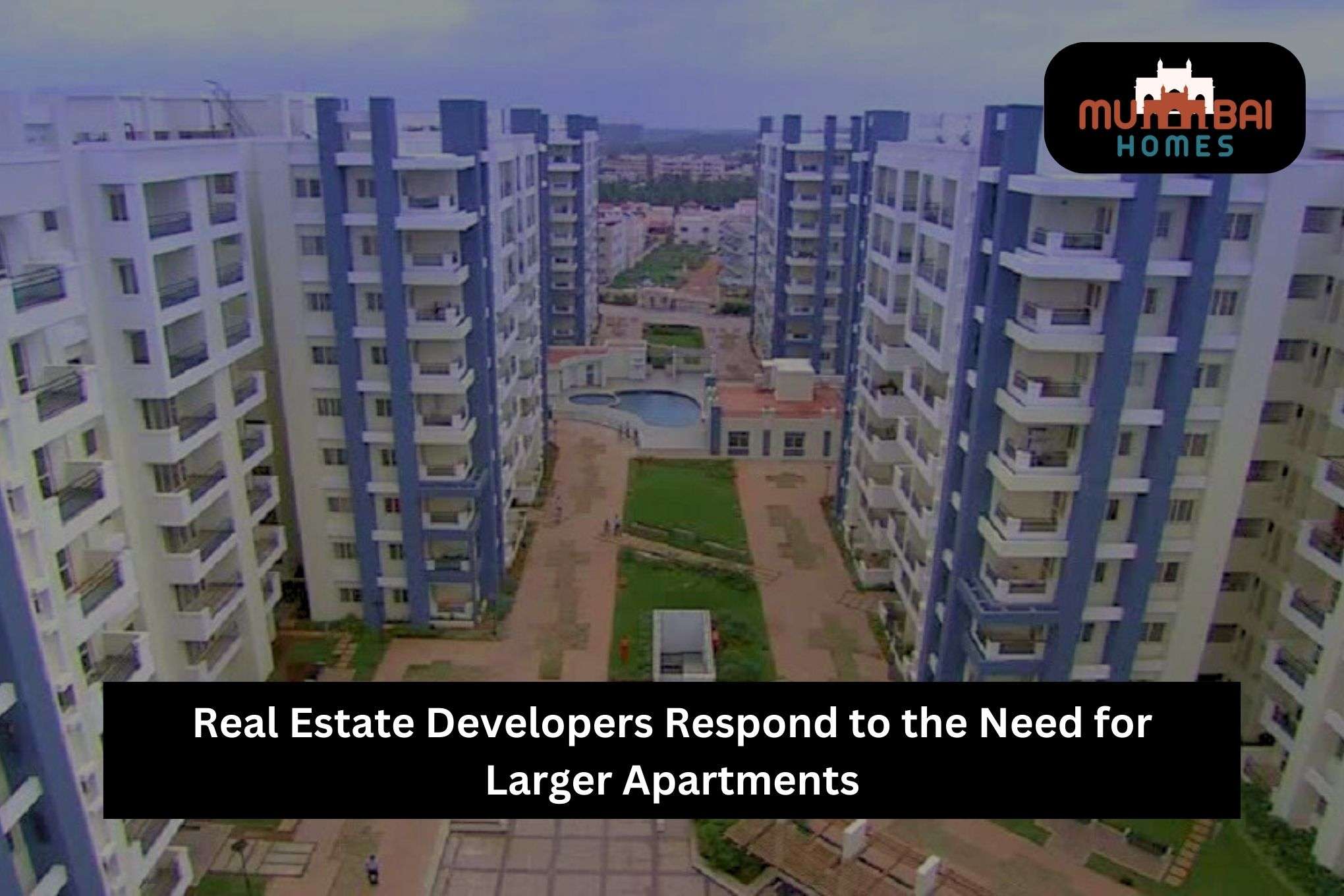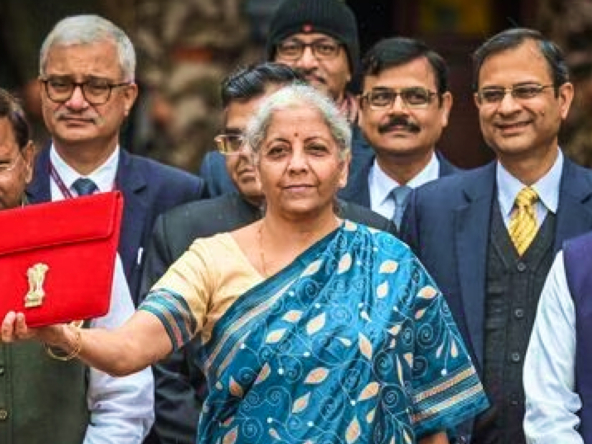Meeting Demand: Real Estate Developers Cater to the Desire for Spacious Apartments:
Homebuyers’ preferences have changed over the years, resulting in larger homes being more in demand. Due to this, real estate developers are actively altering their plans to better serve their client’s shifting needs. In this blog post, we will look at the Rising Demand, Expanding Spaces: Real Estate Developers Respond to the Need for Larger Apartments
Expanding Floor Plan Designs:
Real estate developers are reinventing traditional apartment floor plans to create larger living spaces. This involves increasing the area of the larger apartments and reconfiguring the layouts to create open-concept designs. By eliminating unnecessary walls and partitions, developers can create a fluid circulation between different living areas, reinforcing the feeling of space. In addition, they incorporate additional rooms such as home offices, study spaces, or multi-purpose rooms, recognizing the growing need for dedicated spaces for remote work and flexible lifestyles. These thoughtful design changes allow residents to have more flexibility in the use of space according to their preferences, whether it is to receive guests, practice hobbies or simply enjoy a comfortable and spacious living environment.
Scaling Up: Building Size and Height:
Developers are erecting bigger structures with more floors to satisfy the demand for larger apartments. By maximizing vertical space, developers can offer more spacious apartments without compromising land availability. The taller buildings not only offer a larger area for each apartment but also panoramic views and an increased sense of exclusivity. In addition, developers use advanced construction techniques and quality materials to ensure the structural integrity and safety of these higher buildings, reassuring potential buyers about the quality and sustainability of their investments.
Enhanced Amenities and Common Spaces:
In addition to larger apartments, real estate developers focus on improving common spaces and facilities within their projects. These common areas provide additional space for residents to relax, socialize and engage in recreational activities. Spacious entrance halls, rooftop gardens, fitness centers, swimming pools, and community rooms are just a few examples of the amenities that are integrated. These features not only offer an increased sense of luxury and convenience, but they also extend usable space beyond the boundaries of individual larger apartments. Residents can enjoy the benefits of these shared spaces while enjoying the privacy and comfort of their own larger living units.
Outdoor Living Spaces:
Aware of the importance of outdoor spaces, real estate developers reserve more space for balconies, terraces or patios in larger apartments. These outdoor living spaces serve as an extension of the interior, offering residents the opportunity to enjoy the fresh air, create personal gardens or receive guests. They offer a refuge away from the promiscuity of the apartment and improve the overall friendliness of the space. The promoters pay particular attention to the design and functionality of these outdoor spaces, integrating elements such as seating arrangements, outdoor kitchens and landscaping to create welcoming and usable spaces that meet the diverse needs and preferences of residents.
Location Considerations:
Real estate developers also consider the location of their projects to meet the demand for larger apartments. They focus on peripheral areas or developments on the outskirts of cities, where land availability allows for larger floor plans and more spacious living environments. These sites often offer more green spaces, a more peaceful atmosphere and proximity to recreational facilities such as parks or trails. By choosing these locations strategically, developers can respond to the preferences of buyers who appreciate space and tranquility, without sacrificing accessibility to essential amenities or the convenience of urban areas.
Customization Options:
To meet the diverse needs of buyers, some real estate developers offer customization options for larger apartments. This allows buyers to customize their living spaces according to their specific requirements and preferences. Customization options may include different floor plan layouts, finishes, and equipment. By offering flexibility in the design process, developers give buyers the opportunity to create homes that match their unique lifestyles and tastes.
Collaboration with Architects and Designers:
Real estate developers actively collaborate with architects and designers to create innovative and efficient living spaces. These professionals bring their expertise in the use of space, functionality, and aesthetics to optimize the design of larger apartments. By working together, developers and designers can maximize the use of available space, integrate home automation technologies and incorporate storage solutions to improve the usability and functionality of these larger apartments. They also ensure that designs are aligned with the latest architectural and interior design trends, creating attractive living environments that appeal to discerning buyers.
Conclusion:
The growing demand for larger apartments has prompted real estate developers to find creative and strategic solutions. By expanding floor plans, increasing the size of buildings, improving facilities and common spaces, providing outdoor living spaces, taking into account location preferences, By offering customization options, and collaborating with architects and designers, developers meet the evolving needs of modern buyers.




